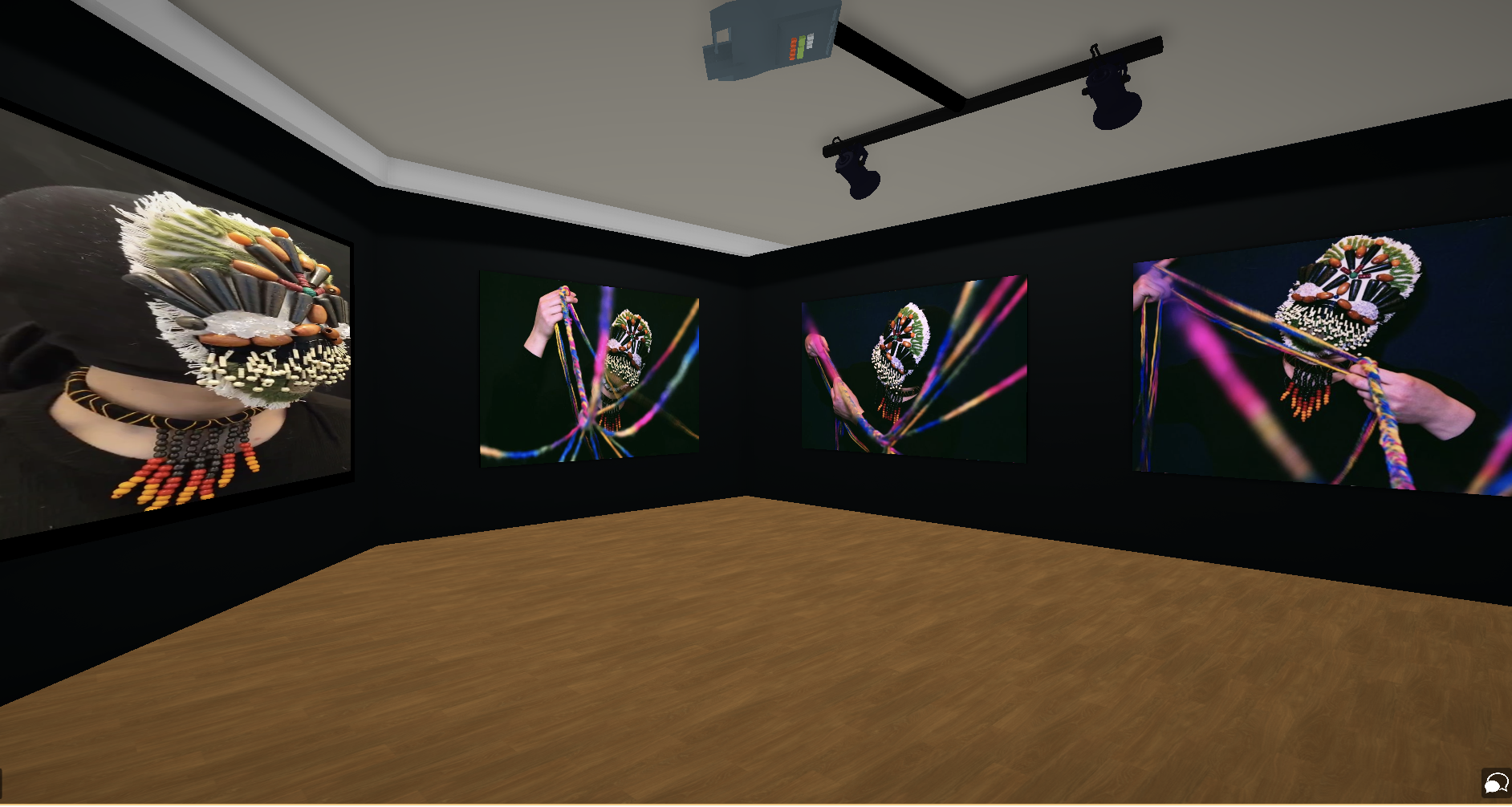Transcendence raises questions about the future of art education
Presented by student-teachers in Concordia’s undergraduate Art Education program, Transcendence explores growth during isolation. The exhibition, which was created for ARTE 432, Community Art Education: Theory and Practice, offers a varied body of work that aims to explore notions of making and teaching, and their effects on one another, during the pandemic.
Showcased with artsteps, an online platform for creating virtual spaces, Transcendence, which opened on Dec. 3, offers viewers an immersive experience. Viewers can interact with the works, which are exhibited in a realistic, simulated gallery-space named Tempo Gallery.
The viewer can make their way around as if they were in a video game. Clicking on an empty patch of grass leads their “player” running to the selected location. Other viewers, or players, can be seen walking around the gallery and its surrounding space.
Maybe this is the future of art-viewing and art making.
The viewer can explore around the outside of the building, which is situated on a waterfront — probably the closest they’ll come to being near the beach for a while.
Around the perimeter of the building, the works of three artists are exhibited. Among them, a multimedia graffiti piece in tones of red, orange, and blue titled Start Where You Are, by Gardenia-Jane Duverger Sarroche.
“Graffiti helps [express] my spontaneous thoughts with the possibility to spray-paint over my written fears and insecurities,” writes Duverger Sarroche in her artist statement. “Starting with scribbled intrusive thoughts on a drawer I found on the streets, I spat colors until I could not perceive my fears anymore.”
Inside the gallery, a series of nine paintings line the first wall. Each one of them features rocks and pebbles balancing atop one another, painted in muted tones of grey, blue, and orange. The digital illustrations, titled Douce Metamorphose, by Pauline Acchab, explore balance and growth.
“Cairns, stacked stones, act as a sign to guide travellers on the right path,” writes Acchab. “The assembled elements, defying the laws of gravity, demonstrate a level of tension with its surroundings while depicting harmony, fragility and stillness.”
Similarly, around the corner, a series of three works by Kassandra Quinteros explore self-growth and development. Braiding Threads is a vibrant photograph featuring a beaded mask worn by a figure who holds and weaves multiple braids in bright purples, yellows, and pinks, which contrast the black background.
“The multitude of threads being braided represents the infinity of information given to me during this academic journey and my personal experiences,” writes Quinteros. “The braid is my way of assembling these threads into one strong creation that defines my own self as a professional and as a person.”
Further into the gallery space, a series of five photographs fills a wall with collage-like images of roads and parking lots. The works, titled Forever Forward, by Rhea Bergeron, all feature a sunset and represent the changes that occur as seasons pass.
“[The sunset moments] could mean that, when a day ends, another begins,” writes Bergeron. “Also, the topic connects to my identity that is constantly changing and evolving throughout the years.”
Be it through Emmanuelle Lemieux’s upcycled papier maché sculptures, Kamila Dube’s mixed media paintings, or Liana Gomes’ photographs and digital illustrations, one thing is certain: self-reflection and experimentation are common themes that have risen as a result of artmaking practices during isolation.
Transcendence makes it clear that isolation is an extraordinary situation which has pushed artists and educators beyond the limits of what is normal. Despite this, these extraordinary measures have allowed for the possibility of creating what could be considered transcendent.
Transcendence will be available for viewing here.
